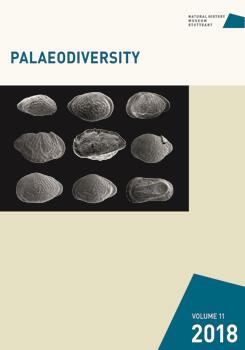The capitosaur Parotosuchus nasutus, exclusively known by historical finds from Merkel's Quarry at Bernburg (Saale), forms one of the most frequent tetrapods of the continental Triassic. A revision of the surviving material reveals a remarkable size range (14–44 cm skull length) of this large temnospondyl. P. nasutus is characterized by (1) quadrate condyles well posterior to occipital ones, (2) supratemporal in adults anteriorly twice as wide as posteriorly, (3) palatine very slender, distance between choana and interpterygoid vacuity much shorter than choana, and (4) interpterygoid vacuity twice the length of vomer plus premaxilla. Ontogenetic changes include broadening of the nasal, frontal, parietal, postfrontal, supratemporal, and tabular horn, whereas the proportions of snout and skull table are isometrically correlated. Phylogenetic analysis finds P. nasutus to nest with P. haughtoni, P. orenburgensis and P. helgolandicus within a monophyletic Parotosuchidae, which in turn is confirmed as basalmost clade of Capitosauroidea.
How to translate text using browser tools
24 August 2018
The temnospondyl Parotosuchus nasutus (v. Meyer, 1858) from the Early Triassic Middle Buntsandstein of Germany
Rainer R. Schoch

Palaeodiversity
Vol. 11 • No. 1
December 2018
Vol. 11 • No. 1
December 2018
Buntsandstein
Capitosauria
Parotosuchidae
phylogeny
Triassic




